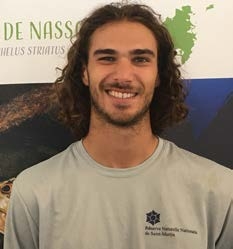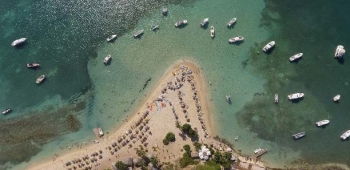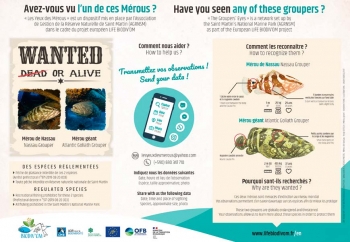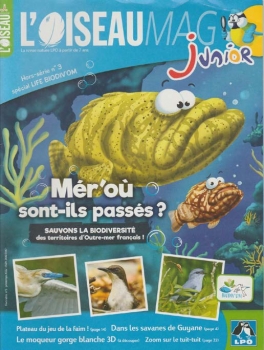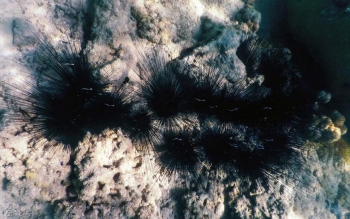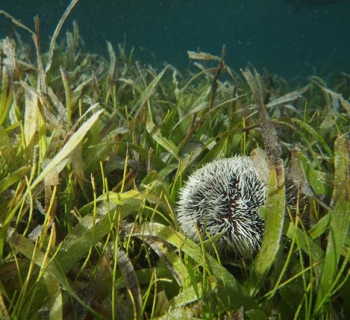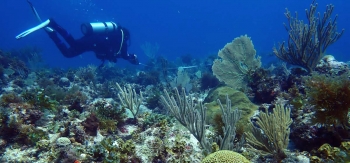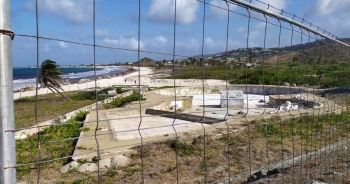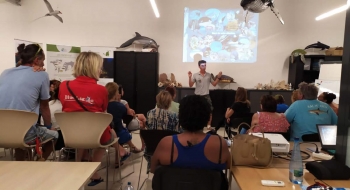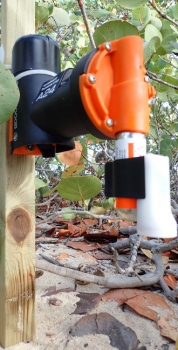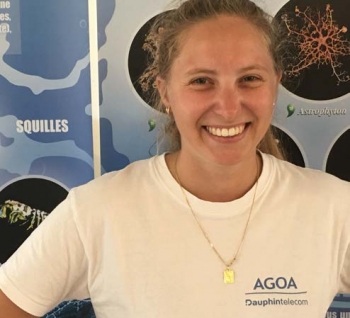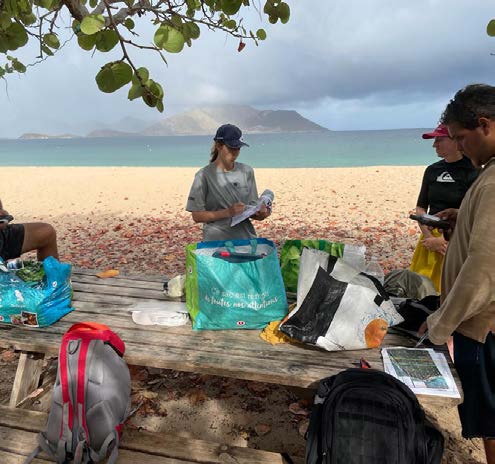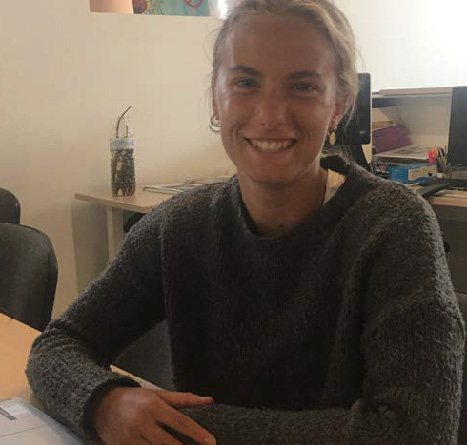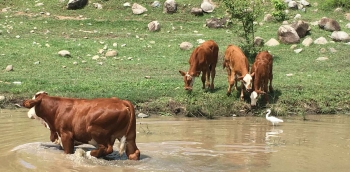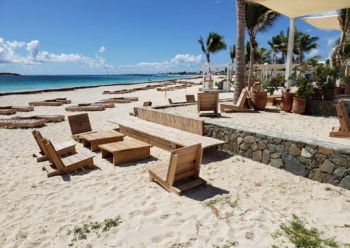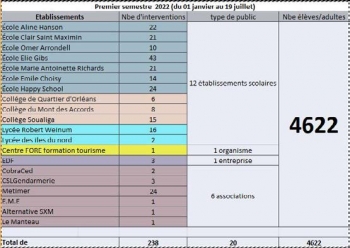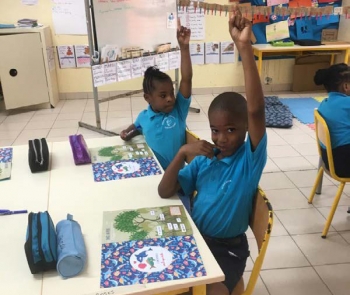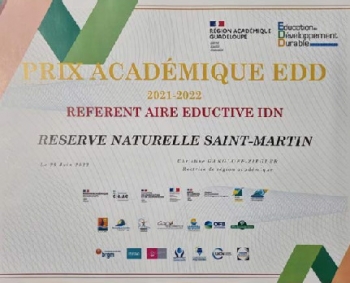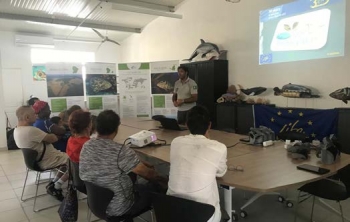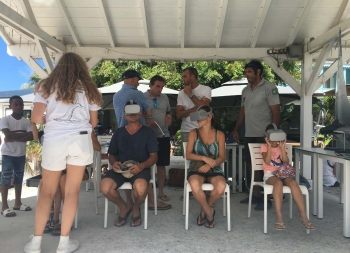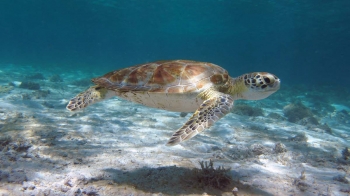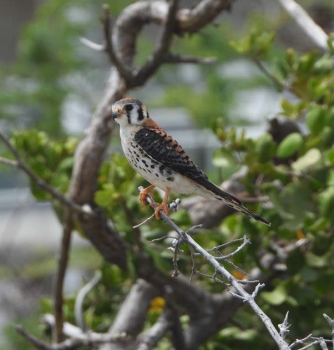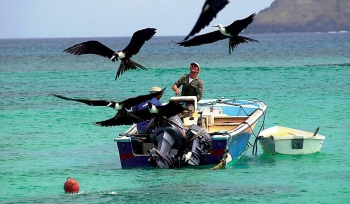Two Projects In The France Relance Program
Two programs proposed by the Réserve Naturelle were selected as part of the France Relance program, as financed by France and Europe for one year. The first project concerns the submersion of artificial “Biohut” habitats as part of the port infrastructure in Saint Martin. Sylvère Robin, an intern at the Réserve between February and July 2022, was responsible for managing the installation of these artificial nurseries whose role is to promote recolonization by underwater flora and fauna. He worked in collaboration with the operators of the Port of Galisbay, the Marina Fort Louis, and the marina at Anse Marcel, all of whom approved the project. A linear module of 6 Biohuts was submerged at Galisbay and two linear modules of 6 Biohuts at Anse Marcel and Fort Louis. The structures are provided by Ecocéan, a company specializing in the ecological restoration of the aquatic milieu. They were on the island in July 2022 to build and install the Biohuts, filled with empty conch shells. These artificial habitats serve as nurseries and are intended to shelter fish and crustaceans during the very early stages of their life, to give them a better chance of survival at this critical stage. An initial investigation of the sites was done before installation of the habitats to allow for a comparison during the first follow-up, planned for October.

